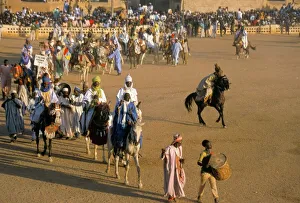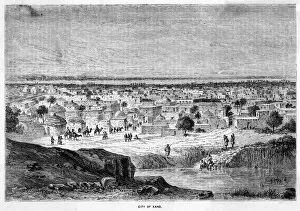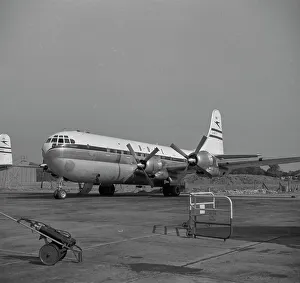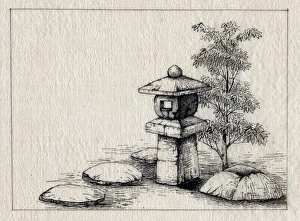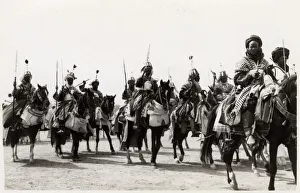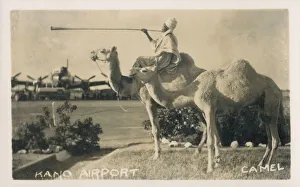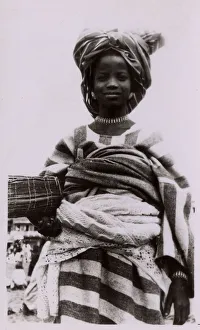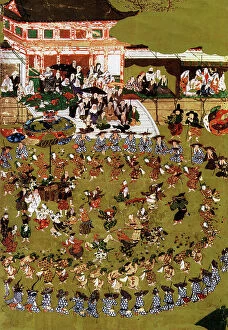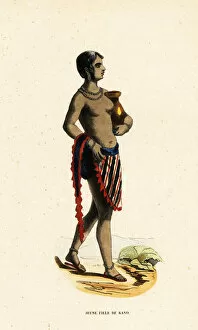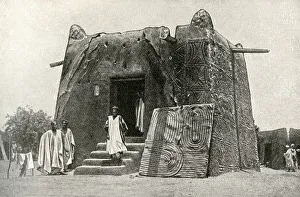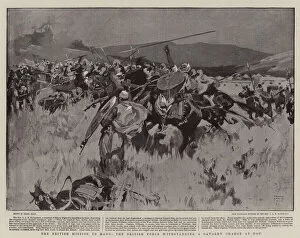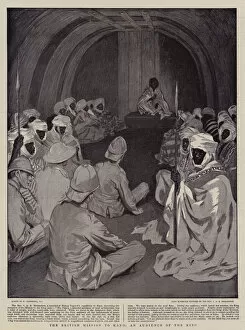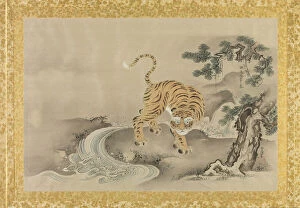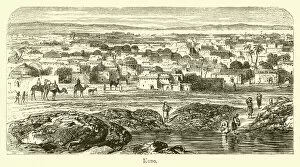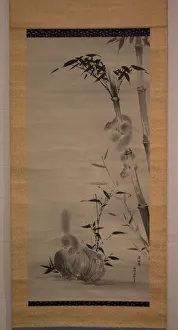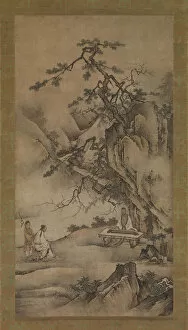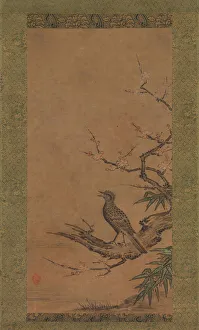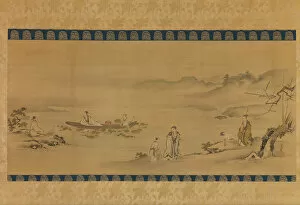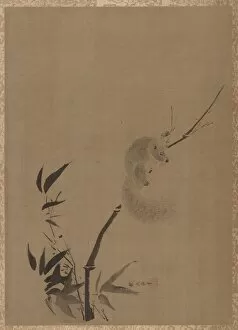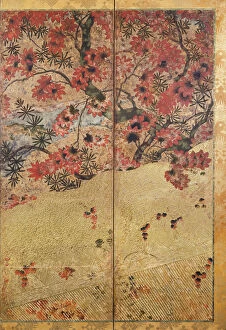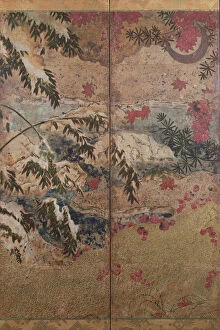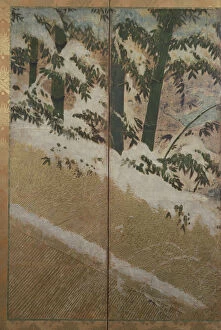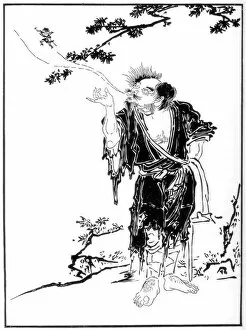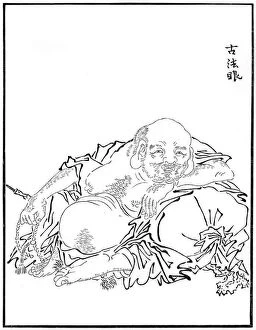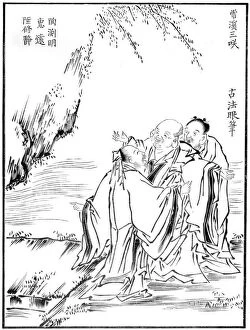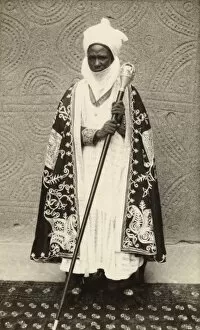Kano Collection
Kano, a city in Nigeria known for its rich cultural heritage and historical significance
All Professionally Made to Order for Quick Shipping
Kano, a city in Nigeria known for its rich cultural heritage and historical significance, is a captivating destination that offers a glimpse into the country's vibrant past. From ancient traditions to modern developments, it has it all. One of the notable landmarks in the Boeing Stratocruiser G-ANTY at BOAC London Airport. This iconic aircraft symbolizes the city's connection to global aviation and trade routes. It serves as a reminder of Kano's role as an important hub for international travel. Intricate Japanese ornamental stone lantern posts can be found scattered throughout gardens in Kano. These beautiful structures, possibly created by renowned artist Kano c1878, add an element of elegance to their surroundings. They stand tall next to lush bushes and small stones, creating a serene atmosphere perfect for relaxation and contemplation. The Sanusi people are an integral part of West Africa's Nigerian culture, particularly in Kano. Their presence adds depth and diversity to this already vibrant region. The Durbar festival held annually celebrates their traditions with colorful parades and lively performances that showcase their unique customs. Hokokusai Folding Screens are another fascinating aspect of artistry found in Kano. These intricate screens depict scenes from everyday life or historical events using exquisite craftsmanship techniques passed down through generations within the famous Kano school. Kano Airport welcomes visitors with its bustling atmosphere where camel riders with horns can be seen traversing through the premises. This juxtaposition between traditional transportation methods and modern infrastructure highlights how old meets new seamlessly in this dynamic city. The women also contribute significantly to its cultural fabric. Young unmarried Hausa women donning traditional attire reflect both beauty and grace while embodying centuries-old customs that have stood the test of time. History enthusiasts will appreciate depictions from the Arrival of Southern Barbarians series by the esteemed artists from the renowned Kano school. These artworks capture moments when Portuguese traders arrived in Nagasaki, showcasing the city's historical significance as a trading hub.

